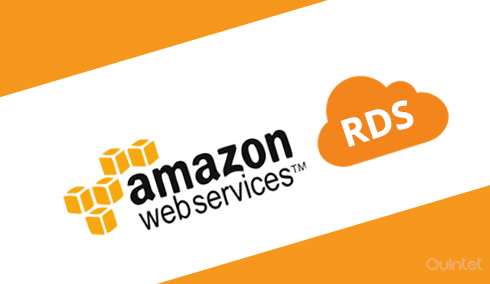Getting Started with Amazon Relational Database Service
Amazon RDS gives you online access to the capabilities of a MySQL, Oracle, Microsoft SQL Server, PostgreSQL, or Amazon Aurora relational database management system. This means that the code, applications, and tools you already use today with your existing databases can be used with Amazon RDS. Amazon RDS automatically patches the database software and backs up your database, storing the backups for a user-defined retention period and enabling point-in-time recovery. You benefit from the flexibility of being able to scale the compute resources or storage capacity associated with your Database Instance (DB Instance) via a single API call.
Database Instances using Amazon RDS's MySQL, Oracle, SQL Server, and PostgreSQL engines can be provisioned with General Purpose (SSD) Storage, Provisioned IOPS (SSD) Storage, or Magnetic Storage. Database Instances using the Amazon Aurora engine employ a fault-tolerant, self-healing SSD-backed virtualized storage layer purpose-built for database workloads.
In addition, Amazon RDS makes it easy to use replication to enhance availability and reliability for production workloads. Using the Multi-AZ deployment option you can run mission critical workloads with high availability and built-in automated fail-over from your primary database to a synchronously replicated secondary database in case of a failure. Using Read Replicas, Amazon RDS for MySQL, PostgreSQL, and Amazon Aurora also enable you to scale out beyond the capacity of a single database deployment for read-heavy database workloads. As with all Amazon Web Services, there are no up-front investments required, and you pay only for the resources you use.
Database Instances using Amazon RDS's MySQL, Oracle, SQL Server, and PostgreSQL engines can be provisioned with General Purpose (SSD) Storage, Provisioned IOPS (SSD) Storage, or Magnetic Storage. Database Instances using the Amazon Aurora engine employ a fault-tolerant, self-healing SSD-backed virtualized storage layer purpose-built for database workloads.
In addition, Amazon RDS makes it easy to use replication to enhance availability and reliability for production workloads. Using the Multi-AZ deployment option you can run mission critical workloads with high availability and built-in automated fail-over from your primary database to a synchronously replicated secondary database in case of a failure. Using Read Replicas, Amazon RDS for MySQL, PostgreSQL, and Amazon Aurora also enable you to scale out beyond the capacity of a single database deployment for read-heavy database workloads. As with all Amazon Web Services, there are no up-front investments required, and you pay only for the resources you use.












No comments
Post a Comment